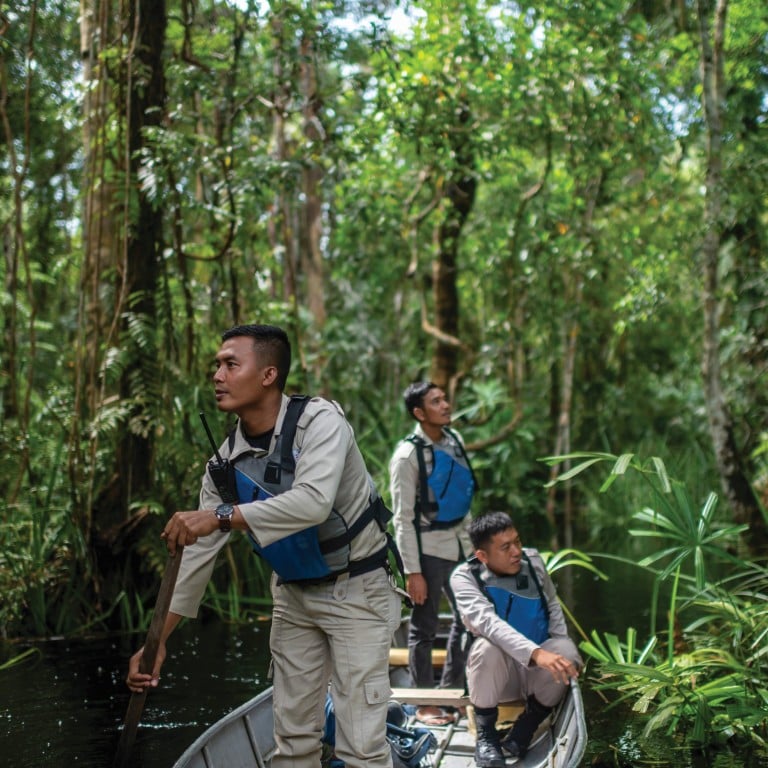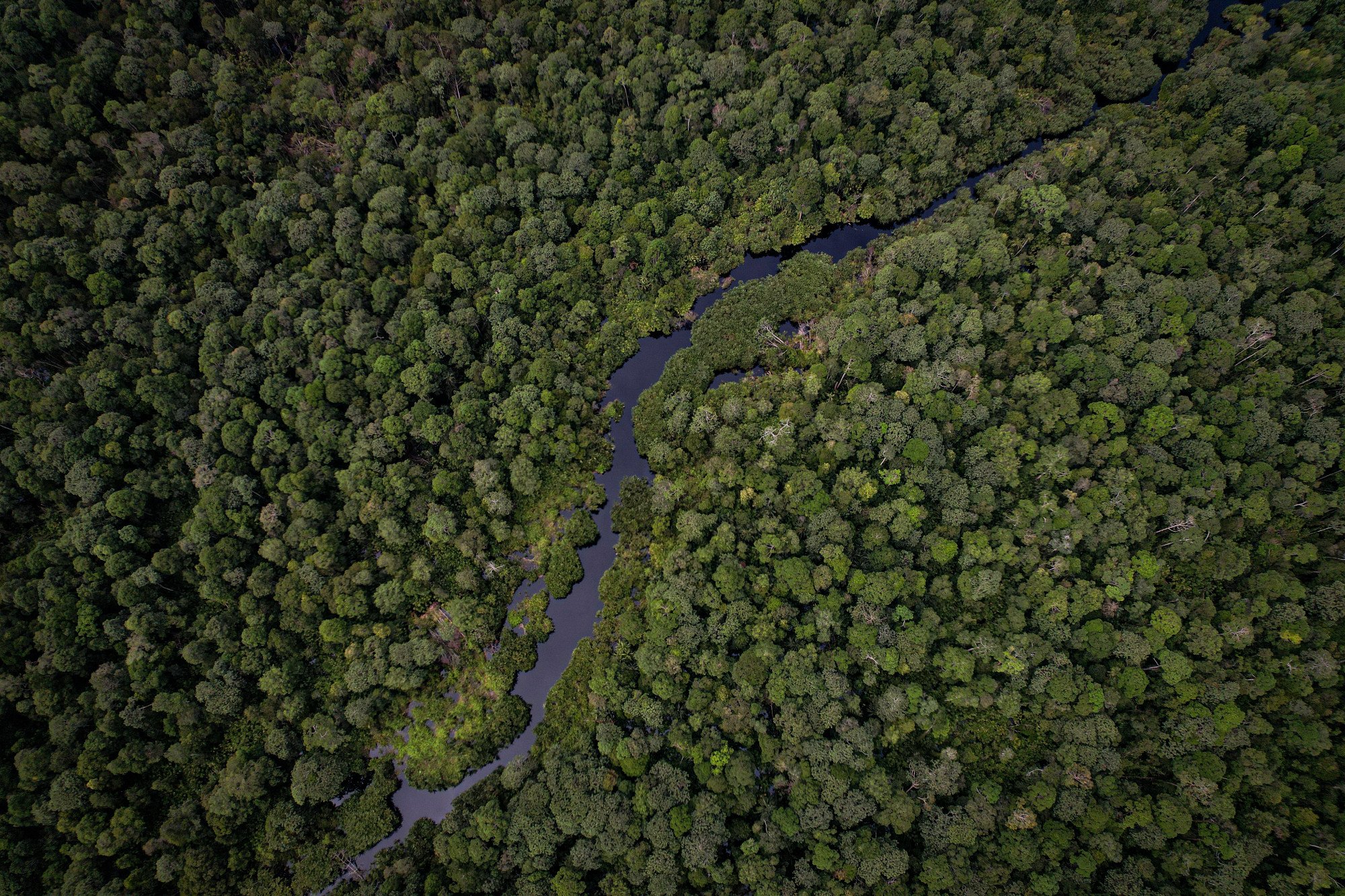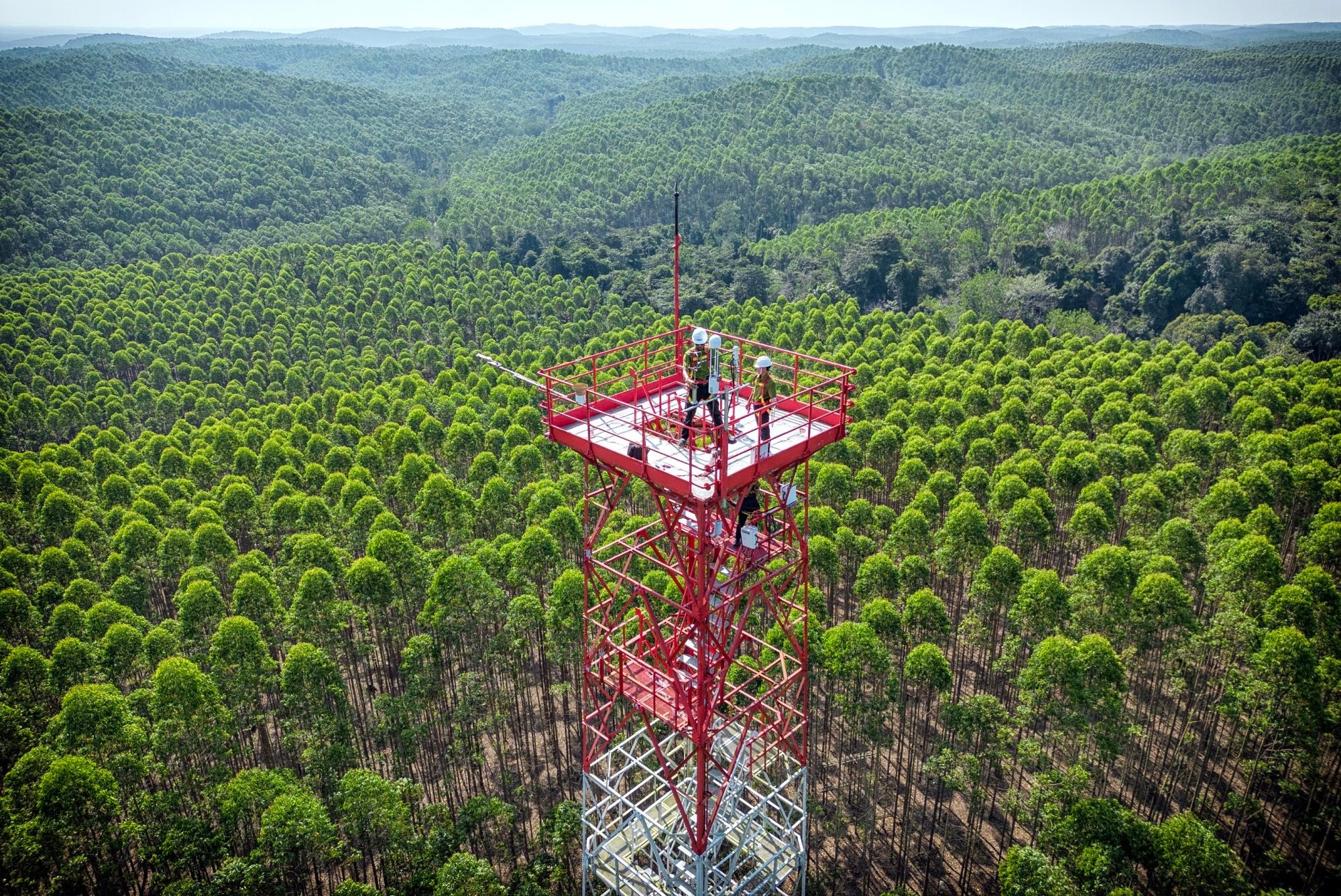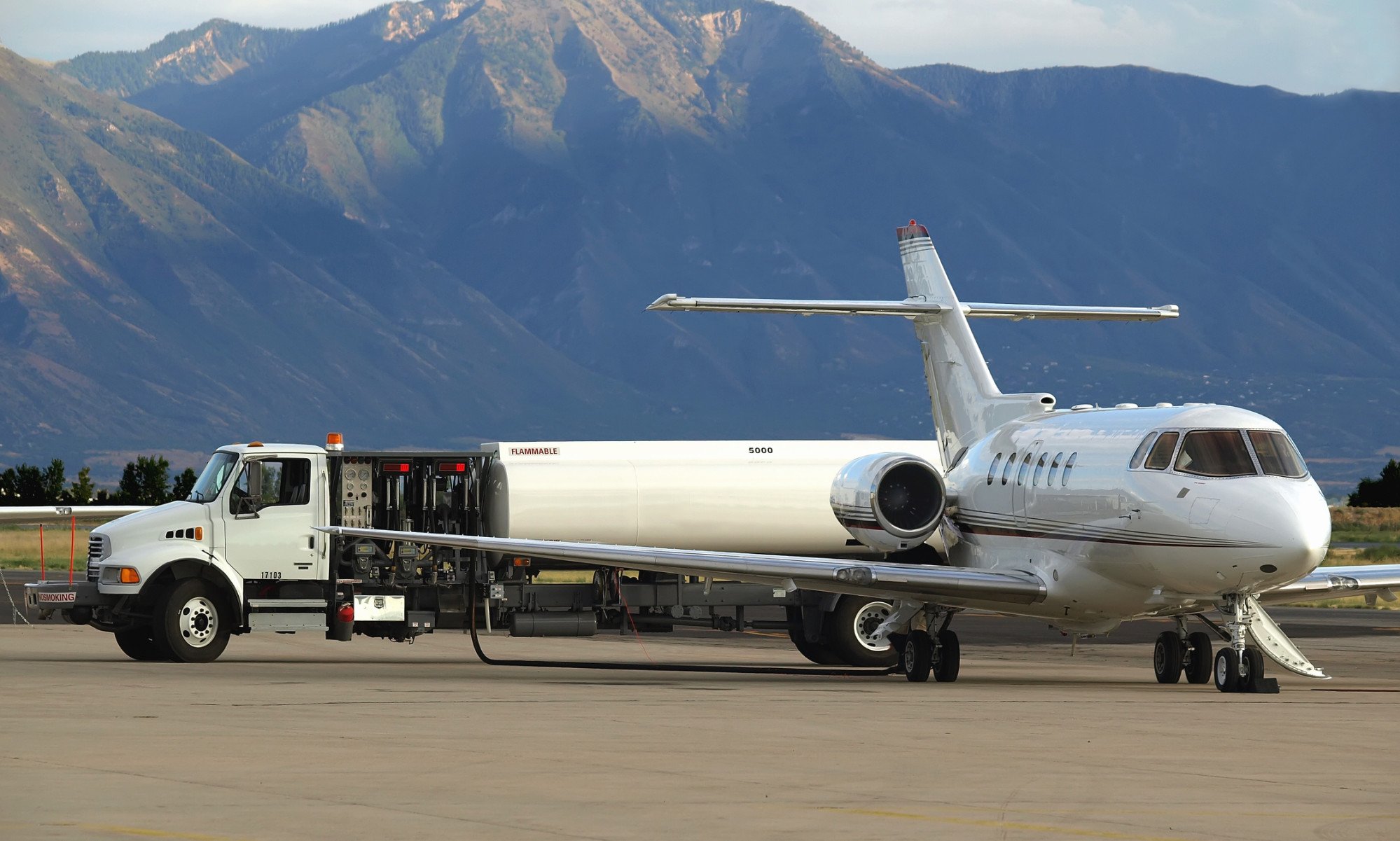
How sustainable practices protect Asia’s natural resources and help drive the bioeconomy
- RGE, focused on plantation management, helps lead the way with its commitment to develop clean, renewable, low-waste resources
- The Singapore-headquartered group’s production-protection model invests in conservation and ecosystem restoration
Asia’s wealth of natural resources puts the region in prime position to advance the goals and benefits of the bioeconomy by balancing ongoing production needs with farsighted care for the environment.
In doing so, the basic aim is to create fully functioning models of sustainable development in different sectors, using science and technology to understand and manage biological resources and steadily move the world towards a more circular, low-carbon economy.
Taking this approach makes it possible to establish various types of closed-loop operations where forests, rivers, fish, crops, livestock and even microorganisms can still be used to produce food, energy, and raw materials for industry.
However, it is done in harmony with nature, with a deliberate view to avoiding overexploitation, protecting native flora and fauna, recognising the interests of local communities, and taking concrete steps to combat climate change.
Leading the way through coordinated efforts is RGE, the resources and manufacturing group which has its headquarters in Singapore and extensive operations in countries including Indonesia, China and Brazil.
Much of the group’s activity is centred on managing forestry and oil palm plantations, with the resulting products – which include everything from paper, tissue and surgical masks to soap, cooking oil and clothes – being used every day by hundreds of millions of people around the world.

Crucially, though, RGE has made a firm commitment to developing clean, renewable, low-waste resources and has adopted a production-protection model that precludes further deforestation.
This all-encompassing approach also generates solar and biomass energy, invests in ambitious conservation and ecosystem restoration projects, and looks to cut carbon emissions by between 30 per cent and 50 per cent by 2030 and to net zero by 2050.
“In the last five years, increased use of digitalisation and drones has significantly improved silviculture practices,” says Bey Soo Khiang, RGE’s vice-chairman, whose brief includes sustainability practices and policies for all group businesses.
“By managing the land in terms of pests, diseases and soil nutrients, for every 100 seedlings we plant, we aim to harvest 100 trees at the end of the day, rather than the current 60 or 70.
“Drones are used for mapping to find where seedlings have not survived, so we can replant quickly and maximise yield. Sensors detect pests, and we have also found that from the time of harvesting to planting, when the land is exposed to the sun, carbon emission is quite high, so we are trying to reduce the interval during which land is left bare.”

Yet that is just one of the measures being taken to reduce greenhouse gases. At the operations of APRIL Group, a pulp, paper and board manufacturer based in Riau province, on the Indonesian island of Sumatra, a solar facility now has capacity to generate more than 20MW of renewable energy per hour to help meet the electricity needs of the company’s pulp and paper mills. The firm, which is part of the RGE group of companies, has set a target to increase this to 50MW per hour by 2030.
This is part of APRIL’s continuing investment in renewable energy sources and the application of energy-efficient technologies to reduce carbon emissions across the company’s value chain, in line with its APRIL2030 sustainability targets.
Similarly, most of the waste material otherwise discarded by the mills is being converted into biomass energy and a state-of-the-art system, put in place with the help of expert consultants, is there to gauge progress and monitor key metrics.
“At the mill level, we manage energy consumption from solar, biomass and coal,” Bey says. “At the plantation level, we installed four greenhouse gas [GHG] flux towers to study the net exchanges of methane and carbon dioxide emitted or absorbed in our plantation and conservation areas, as well as nitrous oxide in the soil.”
The study was undertaken over five years to better understand the estimates of net GHG fluxes associated with different uses of tropical peatland in Indonesia. The results, used as the basis for an article published last year in the science journal Nature, confirm that conserving, restoring and responsibly managing peatlands are critical for meeting climate targets.
By such means, the intention is to broaden the global conversation about environmental protection and meeting the UN’s Sustainable Development Goals – covering 17 worldwide aims including ending hunger, ensuring sustainable consumption and production, and safeguarding life on land – while also providing a common framework for planning, action, impact assessments and reporting.

In line with this, each member of the RGE-managed group of companies has its own business- and location-specific targets for green energy, cutting emissions, chemical recovery, reducing water consumption, and supporting scientific research.
Yet the commitment goes further by also promoting biodiversity and the reintroduction of native species, as well as facilitating inclusive growth by investing in the education and empowerment of local communities.
“Moving forward, we are looking to scale circularity and improve recycling, particularly in the textile industry, as we are the world’s largest producer of plant-based viscose fibre, which has silk-like properties,” Bey says.
“We are focused on finding solutions, so that textile content doesn’t go to landfills, and have committed to invest S$6 million (US$4.5 million) over five years with Nanyang Technological University in Singapore to create ways for all recyclable materials to be reused. This can help to drive an innovative urban-fit prototype with a low carbon, chemicals and effluents, which can then be adopted elsewhere.”
Another major initiative is to upcycle agricultural waste and the leftover residue from palm oil processes as a sustainable alternative jet fuel to conventional fossil-based fuel, which can significantly reduce emissions in the aviation sector.

This is being done through a joint venture with Spanish biofuels firm Cepsa and Asia’s leading agribusiness group, Apical, also a member of the RGE-managed group of companies.
The venture involves the construction of the largest second-generation biofuels plant in Southern Europe. When completed, the facility will have the capacity to produce up to 500,000 tonnes of sustainable aviation fuel (SAF) per annum, and cut about three million tonnes of carbon emissions each year.
“This is a ‘waste to value’ project and we are at the starting point,” Bey says. “Today, sustainable fuel is usually about 5 per cent of the total mix in Europe, and it is two to 2.5 times more expensive than normal jet fuel.
“But there will be a tipping point when SAF becomes a more viable option for the airlines. I’m confident that soon we’ll be expanding production of SAF through partnerships closer to home here in Southeast Asia.”
He says that, wherever possible, RGE is more than happy to share its information and expertise with government authorities, value-chain partners, NGOs, financial institutions and other relevant stakeholders to inspire change and speed progress.
“We see ourselves as one of the examples of how sustainable development can work in the bioeconomy,” Bey says. “Fundamentally, it is a journey of transition, and we have to make sure it is a just and fair transition by creating jobs and quality of life, so people appreciate the value of conservation and are much more willing to contribute.”
This article is the second of a two-episode series discussing RGE’s role in the bioeconomy and its sustainable business practices.

